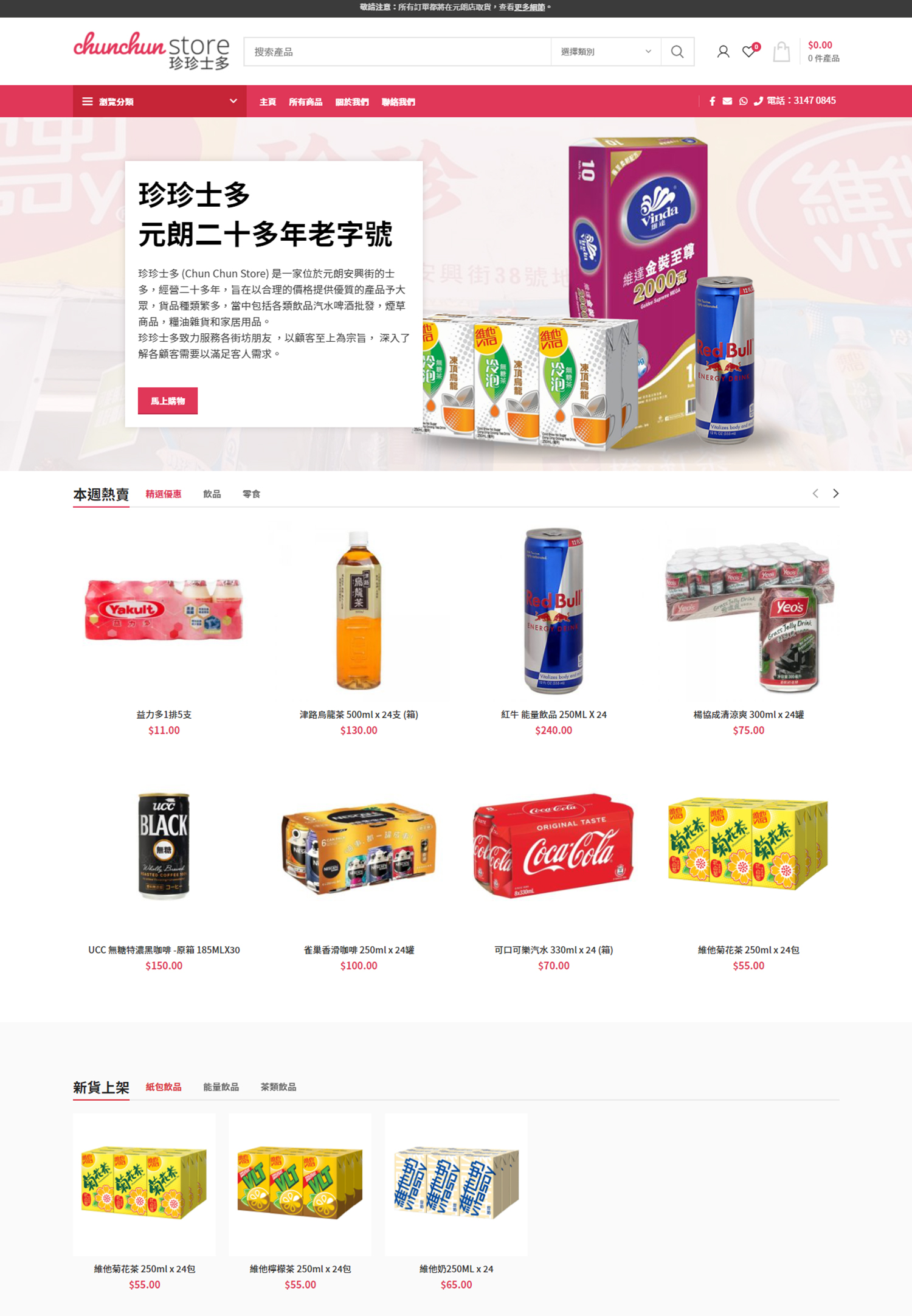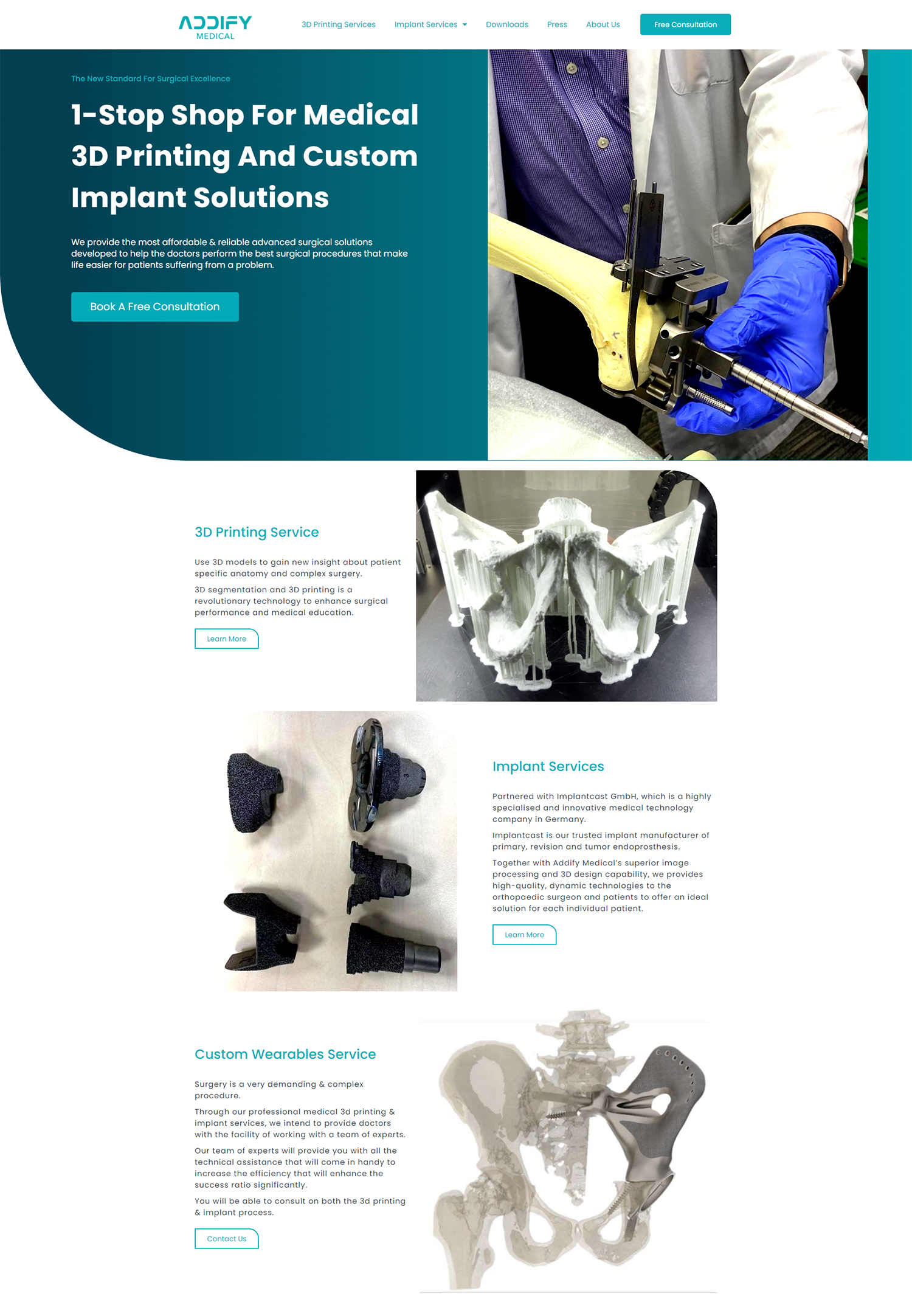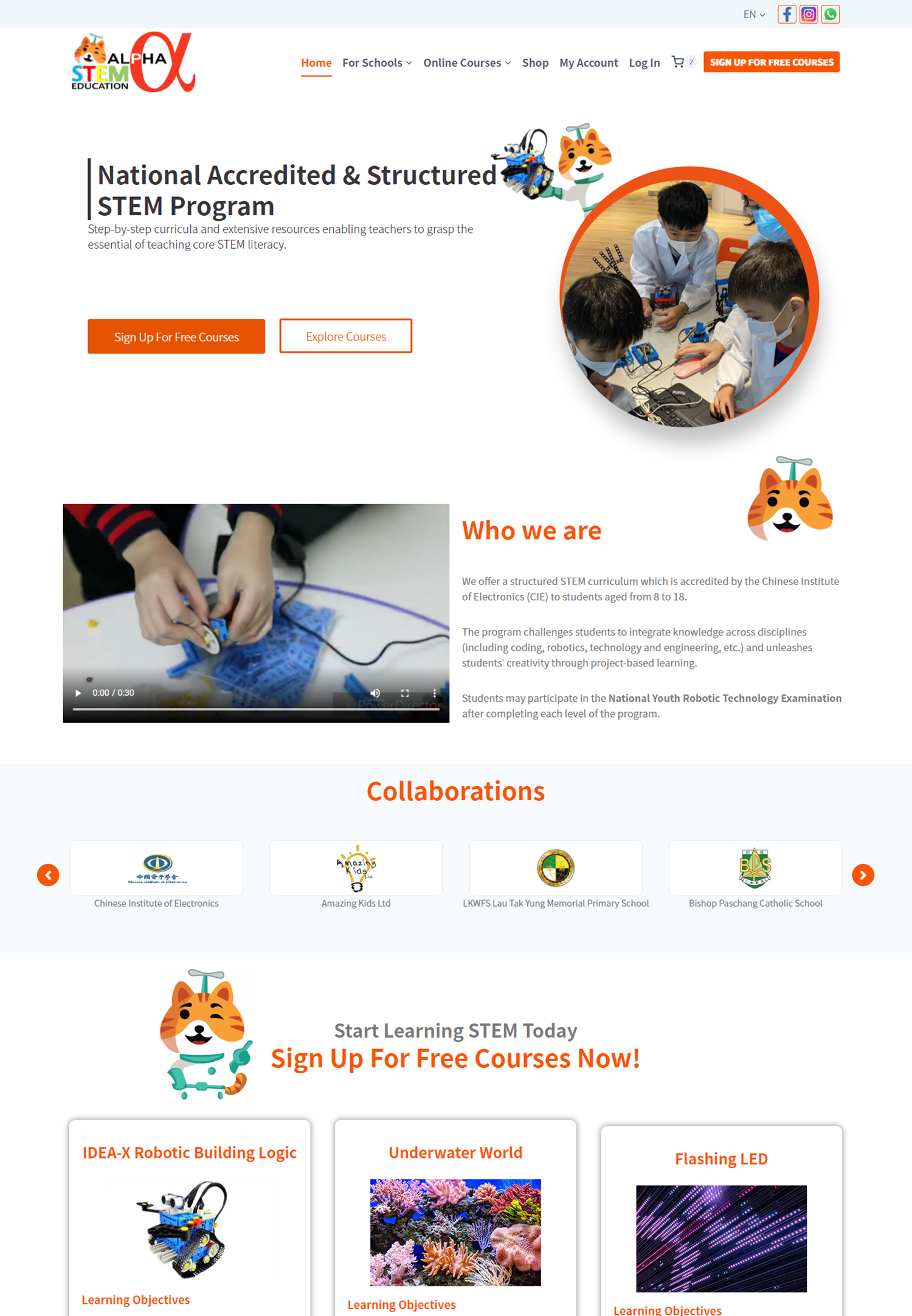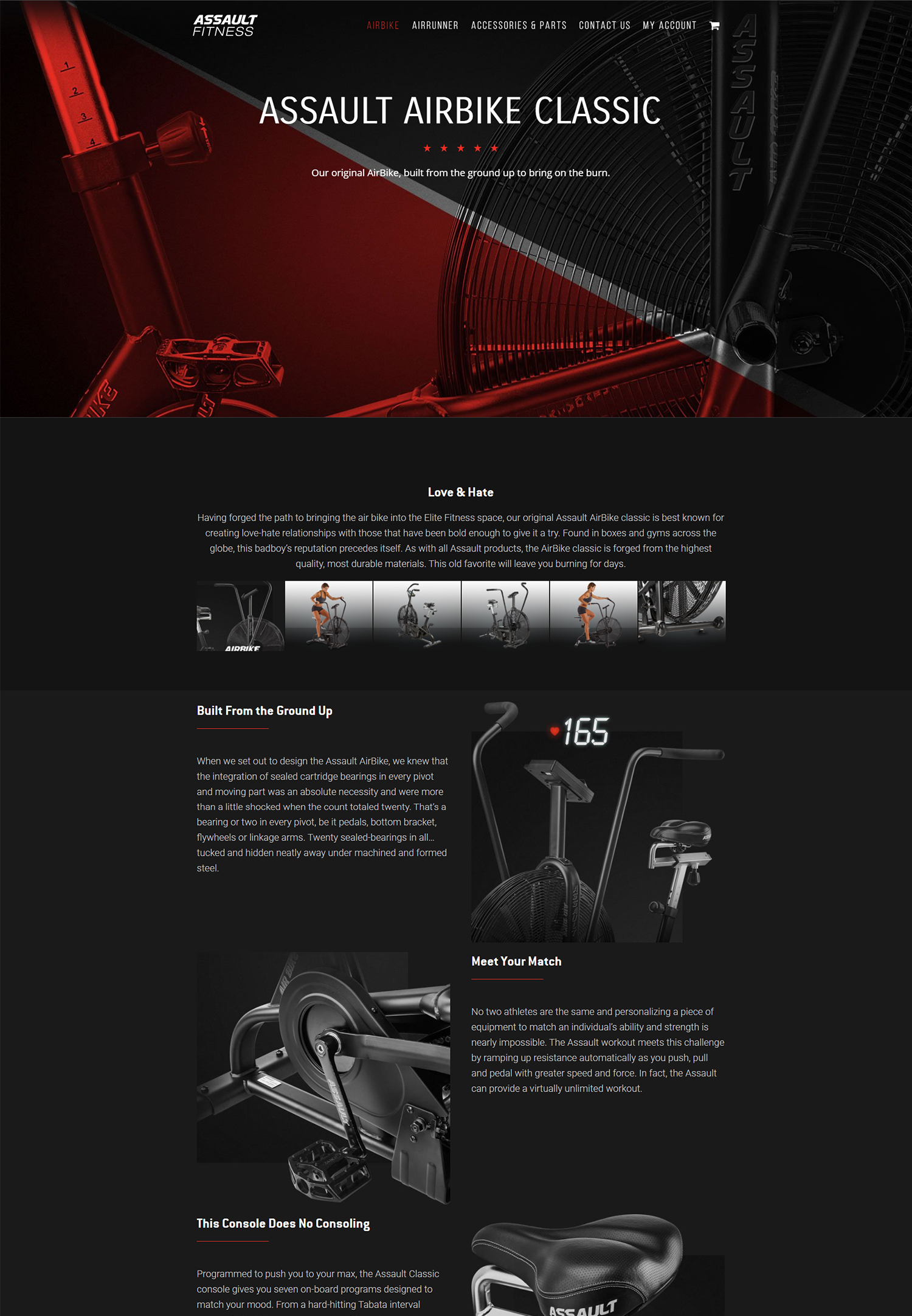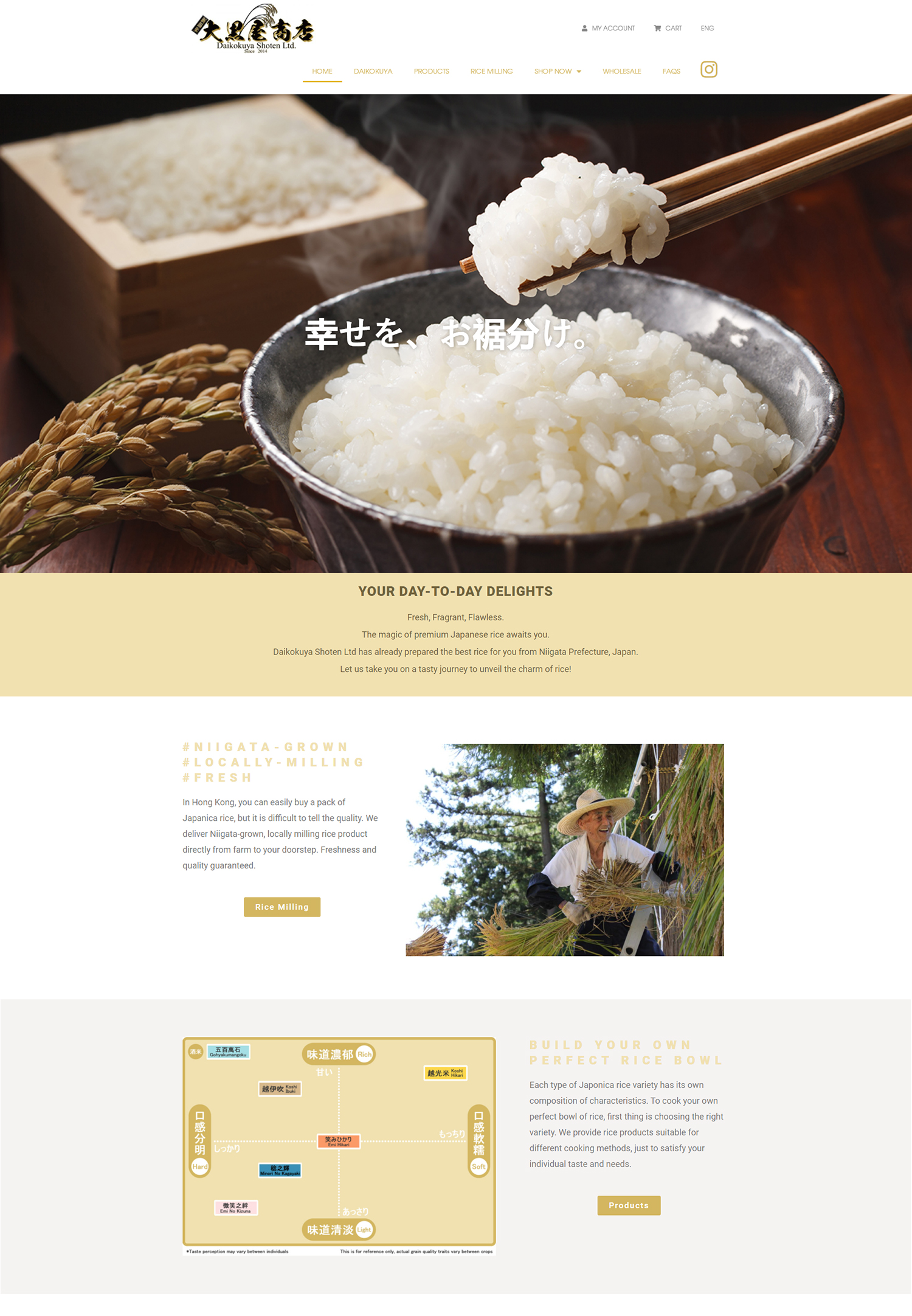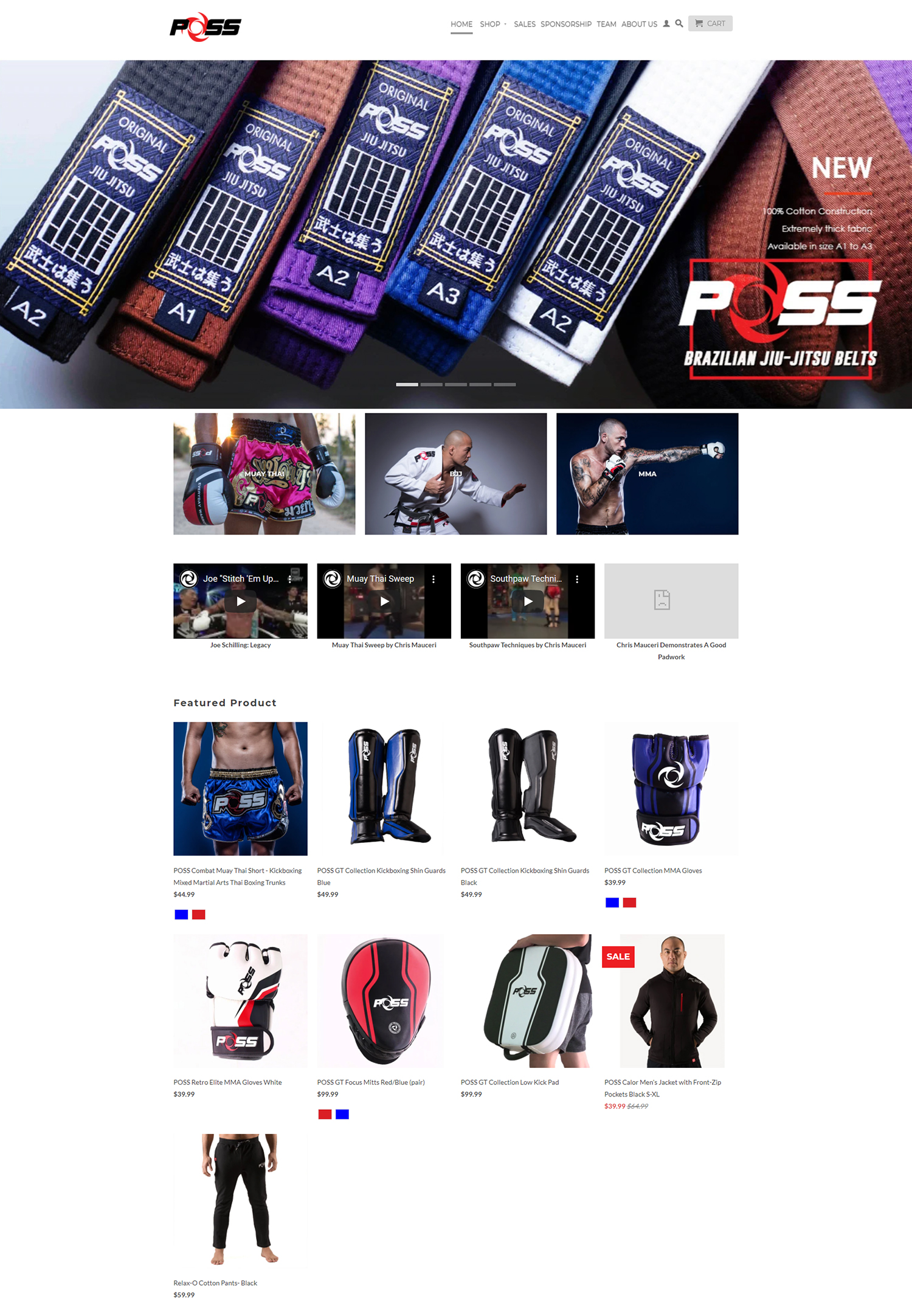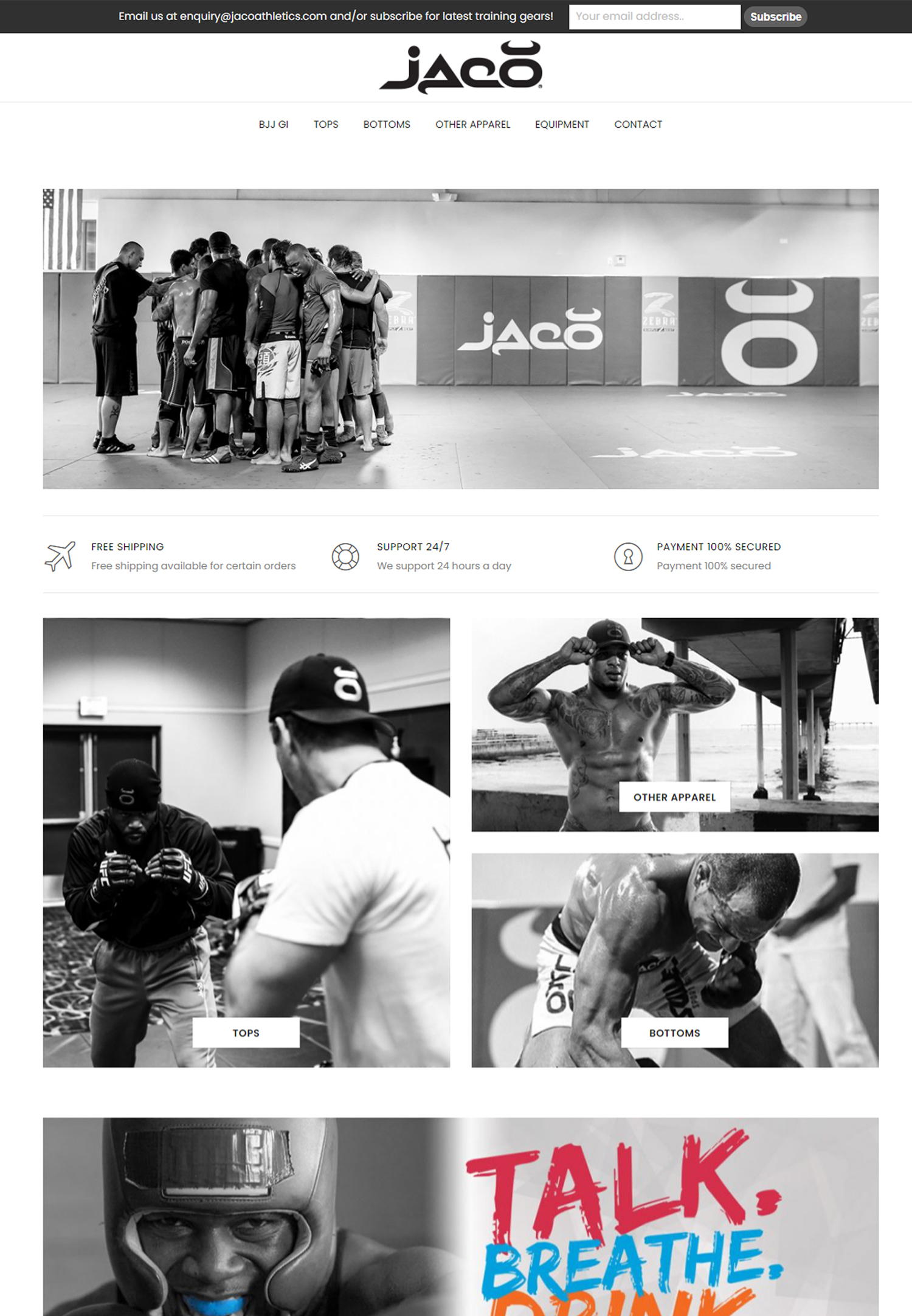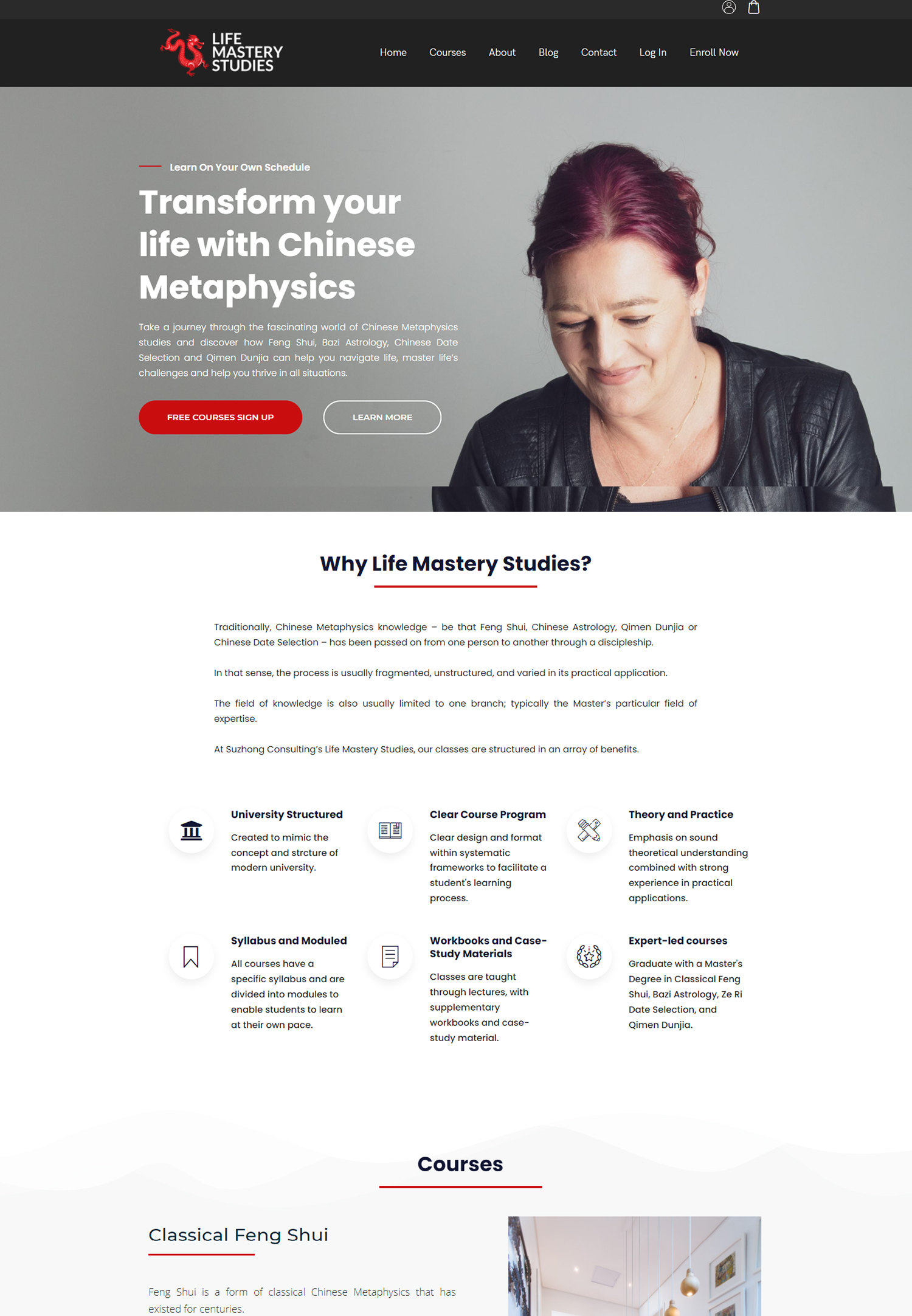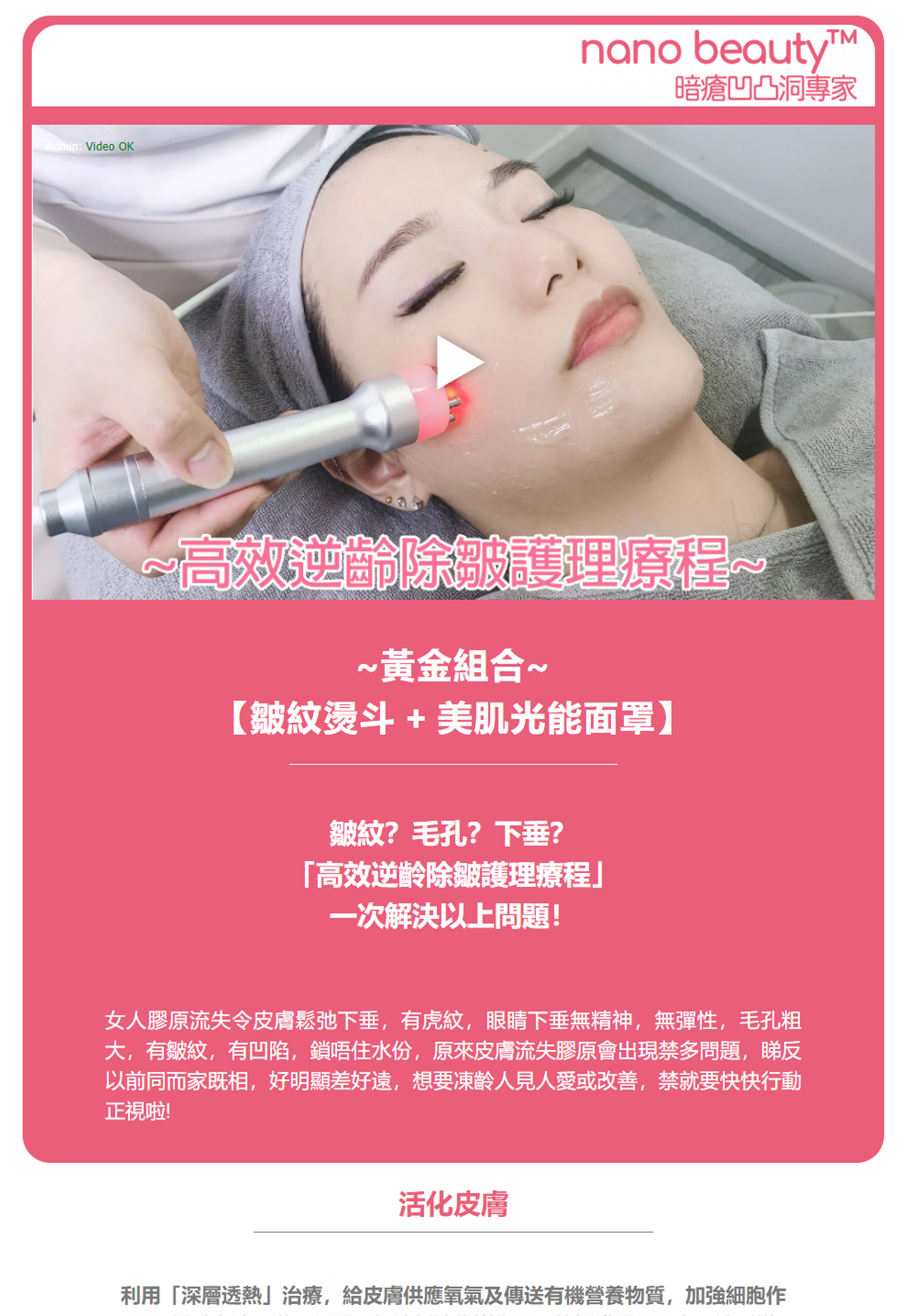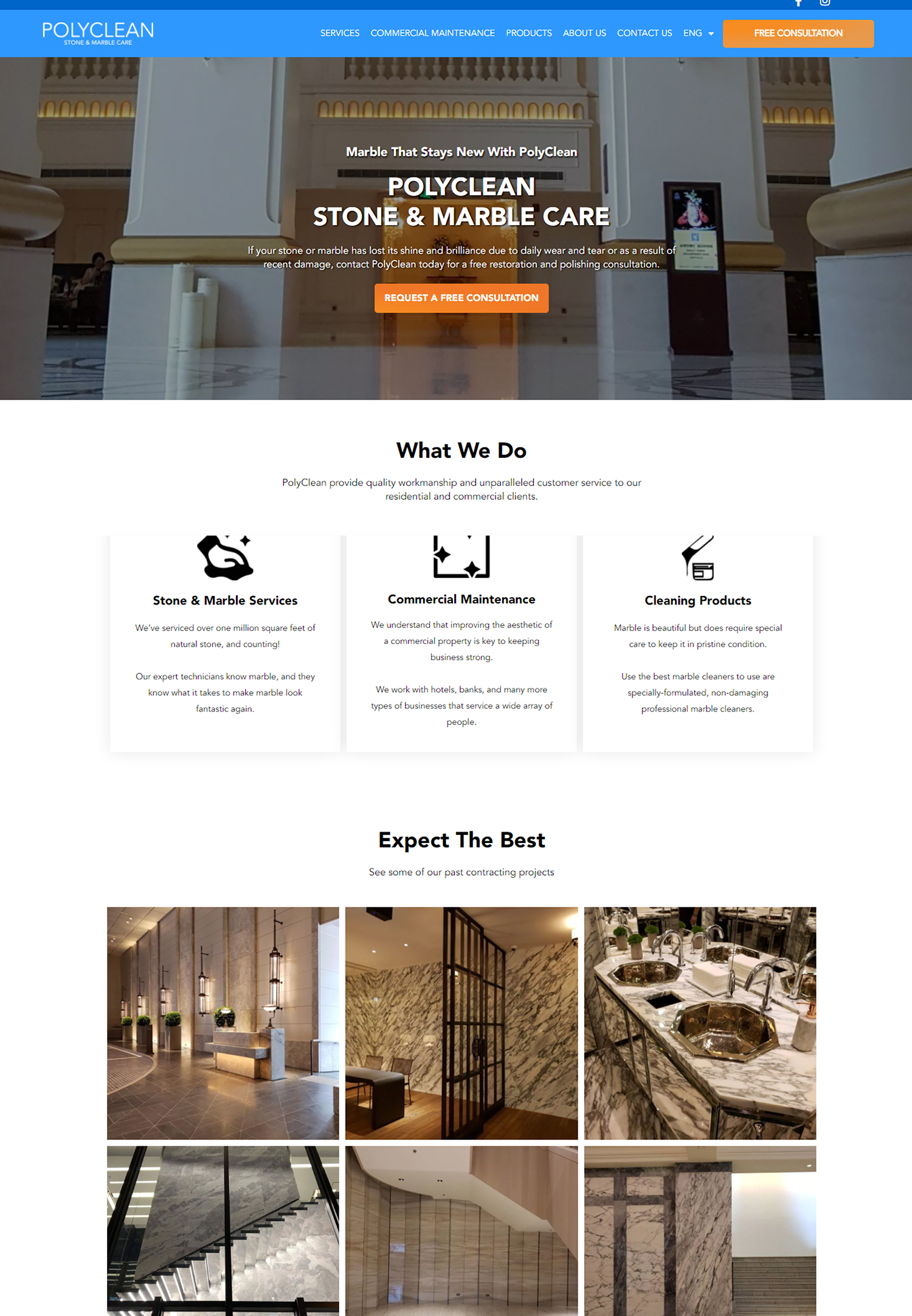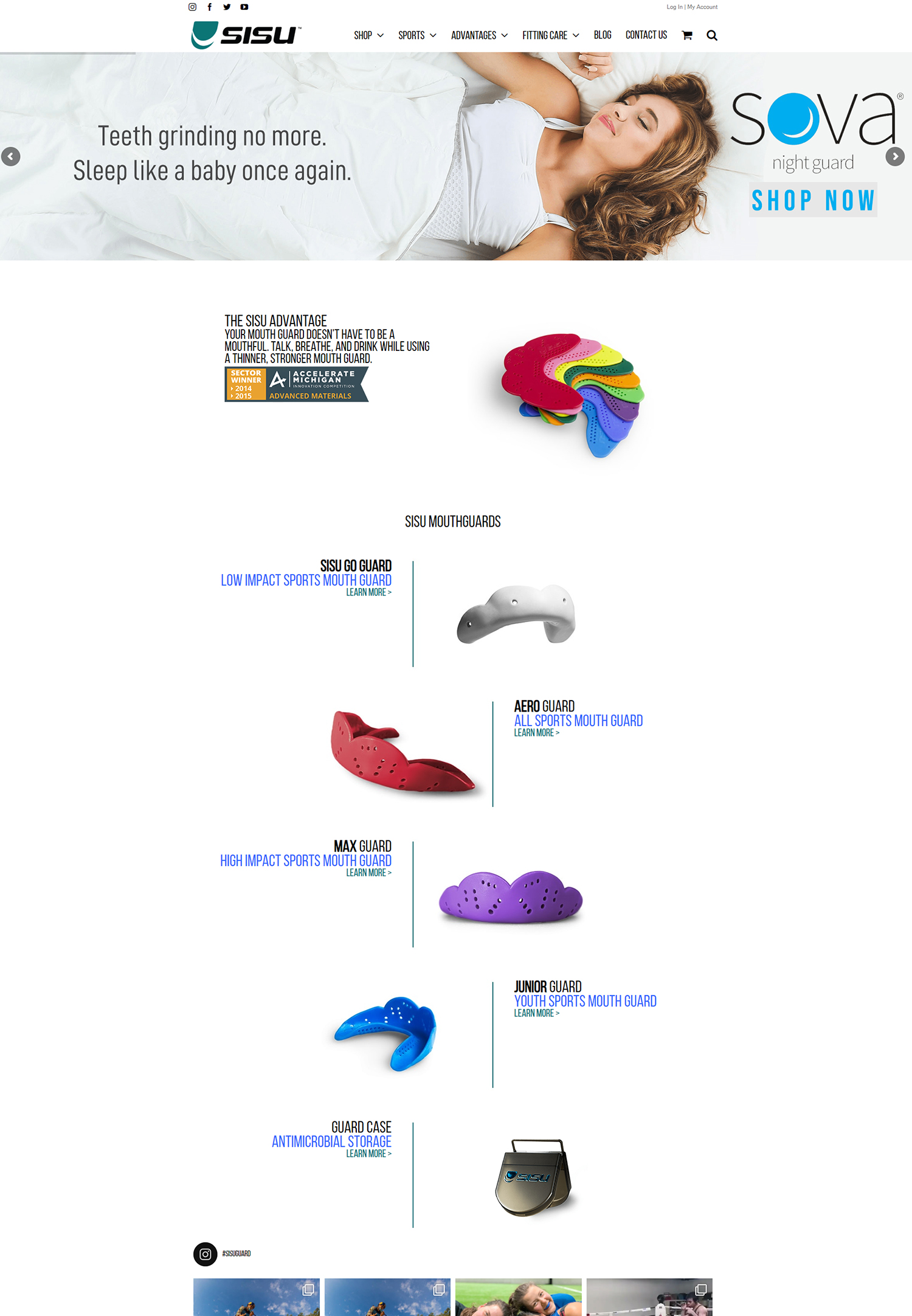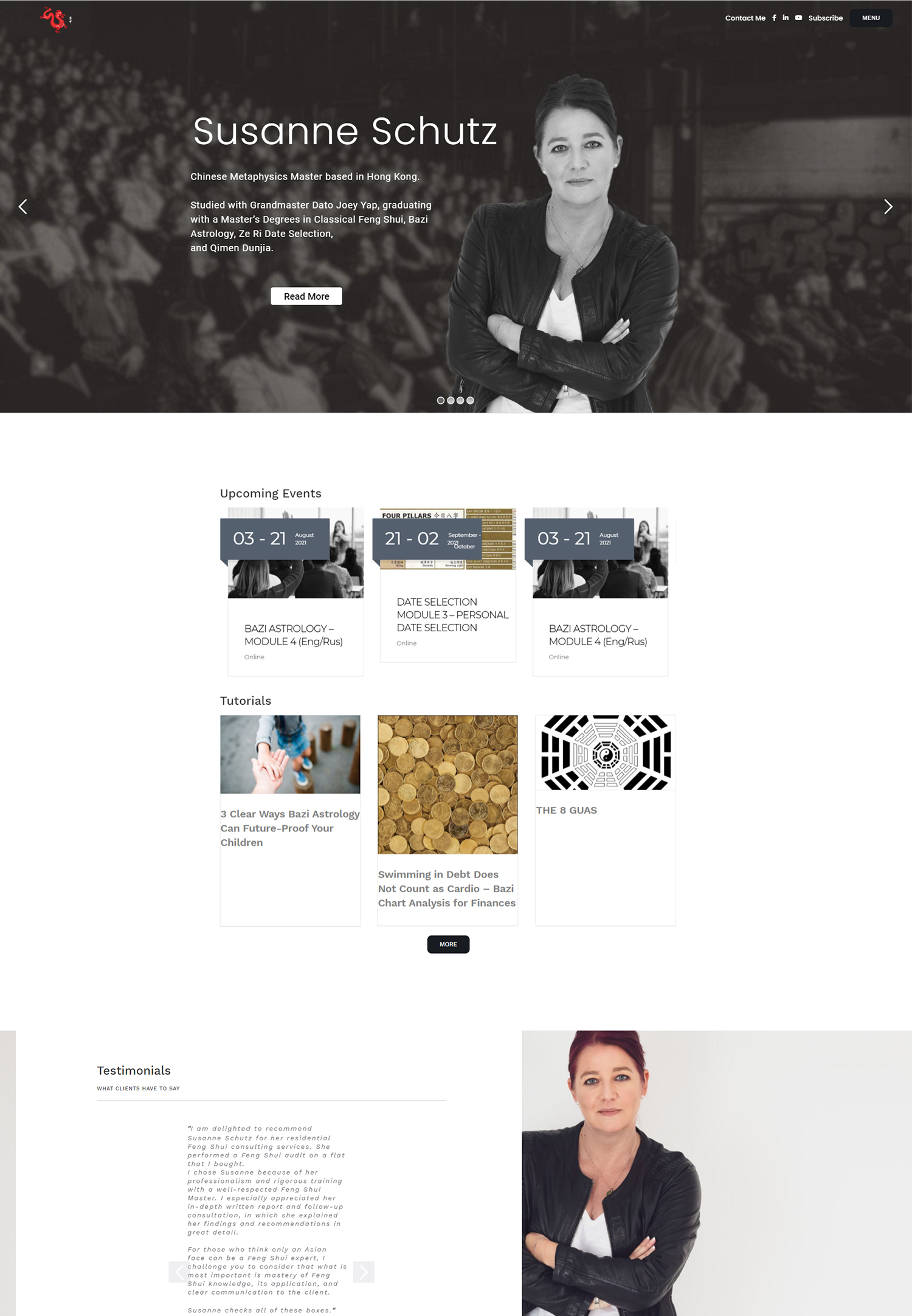To effectively engage our audience, we must first delve into the intricacies of their pain points. These pain points are the challenges, frustrations, and obstacles that our audience faces in their daily lives. By understanding these issues, we can tailor our messaging to resonate deeply with them.
It is essential to recognize that pain points can vary significantly across different demographics, industries, and individual experiences. Therefore, we should approach this task with an open mind, ready to explore the diverse landscape of our audience’s needs. When we take the time to empathize with our audience’s struggles, we create a foundation for meaningful communication.
This understanding allows us to position ourselves as allies rather than mere sellers. By acknowledging their pain points, we can foster trust and establish a connection that goes beyond transactional interactions. Our goal should be to not only identify these pain points but also to demonstrate that we genuinely care about alleviating them.
This empathetic approach will ultimately enhance our ability to craft compelling narratives that resonate with our audience.
Key Takeaways
- Understanding your audience’s pain points is crucial for effective copywriting
- Research and identify specific pain points through surveys, interviews, and social media listening
- Create empathetic and relatable copy by putting yourself in your audience’s shoes
- Address pain points in headlines and subheadings to grab attention and resonate with your audience
- Use storytelling to connect with your audience’s pain points and make your copy more engaging
- Offer solutions to your audience’s pain points in your copy to provide value and build trust
- Test and refine your copy to ensure it effectively addresses your audience’s pain points
- Measure the success of your pain point-driven copywriting through metrics like engagement, conversions, and feedback
Researching and Identifying Pain Points
To effectively identify our audience’s pain points, we must engage in thorough research. This process involves gathering insights from various sources, including surveys, interviews, social media discussions, and industry reports. By actively listening to our audience, we can uncover the underlying issues that may not be immediately apparent.
We should also consider the context in which these pain points arise, as external factors can significantly influence our audience’s experiences. In addition to qualitative research, we can leverage quantitative data to gain a more comprehensive understanding of our audience’s challenges. Analyzing trends and patterns in consumer behavior can reveal common pain points that may affect a larger segment of our target market.
By combining both qualitative and quantitative insights, we can create a well-rounded picture of our audience’s needs. This research phase is crucial, as it lays the groundwork for crafting messages that resonate and provide real value.
Creating Empathetic and Relatable Copy
Once we have identified our audience’s pain points, the next step is to translate this understanding into empathetic and relatable copy. Our writing should reflect a genuine understanding of the struggles our audience faces. We can achieve this by using language that resonates with their experiences and emotions.
Instead of relying on jargon or overly technical terms, we should strive for clarity and authenticity in our messaging. Relatable copy often includes anecdotes or examples that mirror our audience’s situations. By sharing stories or scenarios that reflect their challenges, we create a sense of familiarity and connection.
This approach not only makes our copy more engaging but also reinforces the idea that we truly understand their pain points. As we craft our messages, we should keep in mind the importance of tone; a conversational and approachable style can help break down barriers and foster a sense of camaraderie with our audience.
Addressing Pain Points in Headlines and Subheadings
Headlines and subheadings serve as the first impression of our content, making it imperative that they effectively address our audience’s pain points. A compelling headline should immediately capture attention while clearly conveying the value of the content that follows. By incorporating specific pain points into our headlines, we can pique curiosity and encourage readers to delve deeper into our message.
For instance, instead of a generic headline like “Improve Your Productivity,” we could opt for something more targeted, such as “Struggling to Stay Focused? Discover Proven Strategies to Boost Your Productivity.” This approach not only highlights a common pain point but also promises a solution, enticing readers to engage further. Additionally, subheadings can be used strategically to break down complex topics into digestible sections while continuing to address specific pain points throughout the content.
Using Storytelling to Connect with Pain Points
Storytelling is a powerful tool in copywriting that allows us to connect with our audience on a deeper level. By weaving narratives that reflect our audience’s pain points, we can evoke emotions and create a sense of relatability. Stories have the unique ability to transport readers into different scenarios, allowing them to see themselves in the narrative and feel understood.
When crafting stories around pain points, we should focus on characters who embody the struggles faced by our audience. By illustrating their journey through challenges and ultimately finding solutions, we create a narrative arc that resonates with readers. This storytelling approach not only captivates attention but also reinforces the idea that overcoming these pain points is possible.
As we share these stories, we should aim to inspire hope and motivate action, encouraging our audience to seek out the solutions we offer.
Offering Solutions to Pain Points in Copy
While identifying pain points is crucial, it is equally important to provide tangible solutions within our copy. Our audience is seeking answers and guidance on how to navigate their challenges effectively. By presenting clear and actionable solutions, we position ourselves as valuable resources in their journey toward resolution.
When offering solutions, we should ensure they are practical and relevant to the specific pain points we’ve identified. This may involve providing step-by-step guides, tips, or product recommendations that directly address the issues at hand. Additionally, incorporating testimonials or case studies can further validate our solutions by showcasing real-life success stories from individuals who have faced similar challenges.
By demonstrating how our offerings can alleviate pain points, we build credibility and trust with our audience.
Testing and Refining Copy for Maximum Impact
Creating impactful copy is an iterative process that requires testing and refinement. Once we’ve crafted our initial messages addressing pain points, we should seek feedback from various sources, including colleagues, focus groups, or even segments of our target audience. This feedback will provide valuable insights into how well our copy resonates and whether it effectively addresses the identified pain points.
A/B testing is another effective method for refining our copy. By creating multiple versions of headlines, subheadings, or calls-to-action that address different pain points, we can analyze which variations yield better engagement and conversion rates. This data-driven approach allows us to make informed decisions about which elements of our copy are most effective in connecting with our audience’s needs.
Measuring the Success of Pain Point-Driven Copywriting
Finally, measuring the success of our pain point-driven copywriting is essential for understanding its impact on our audience and overall business goals. We should establish key performance indicators (KPIs) that align with our objectives, such as engagement rates, conversion rates, or customer feedback scores. By tracking these metrics over time, we can assess how well our copy resonates with our audience and whether it effectively addresses their pain points.
Additionally, qualitative feedback from customers can provide valuable insights into how well we’ve connected with their needs. Surveys or interviews can help us gauge whether our messaging has made a meaningful impact on their experiences. By continuously monitoring and analyzing these metrics, we can refine our approach over time, ensuring that our copy remains relevant and effective in addressing the evolving pain points of our audience.
In conclusion, understanding and addressing our audience’s pain points is a fundamental aspect of effective copywriting. Through thorough research, empathetic messaging, storytelling, and strategic solutions, we can create compelling narratives that resonate deeply with those we aim to serve. By continuously testing and measuring the success of our efforts, we position ourselves as trusted allies in helping our audience navigate their challenges and achieve their goals.






